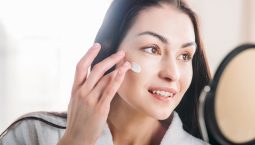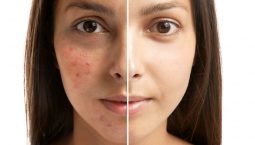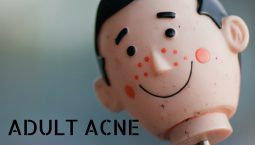Pigmentation is one of the most common problems, for which people seek our help at RENDER Skin & Hair. Pigmentation treatment is said to be the second most frequently treated issue, in Asian skin types. This is because in Indian/Asian skin types, the process of ageing is primarily seen as pigmentation, as compared to ageing in Caucasian skin – where the ageing process manifests as fine lines and wrinkles. Sun spots, lentigines,maturational pigmentation, diffuse and persistent tanning – these are all signs of ageing, that manifest through excessive pigment formation. As sun/light exposure and heat are among the principle causes that contribute directly to ageing/ pigmentation, it becomes very important to focus on adequate sun protection, notably sunscreens.
Pigmentation
The pigmentation conditions that we get to see at RENDER range from relatively simple pigmentation, that improves with topical applications alone, to the most complex scenario, which defies even the most advanced of lasers.
What are the most common pigmentation problems, that we get to see and treat at our Clinic?
The most frequently treated pigmentation problem, at RENDER, is post inflammatory hyperpigmentation or PIH. This can be the final result of a number of conditions, ranging from pimples, to a burn, to any other skin condition that has burnt itself out, and is now only marked by residual pigmentation. This usually responds very well to a few sessions of the Picoway Laser and /or chemical peels. In mild cases, topical agents are usually adequate, and do a very good job.
Melasma is a relatively tougher condition to treat – as the most difficult part is the maintenance, after the initial treatments to reduce the pigmentation. This needs a lot of care and looking after, with diligent use of sunscreens, oral and occasionally, internal as well.
Pigmentary demarcation lines are a common feature of ageing, manifested as pigmentation – and commonly affect the temples, outer forehead, and extend into the cheek in a V or W shape, and are also sometimes seen over the area below the lip corners. Again, treatment involves an initial phase where pigment lightening is the focus, and a maintenance phase – where the focus is on preventing repigmentation. As this is not so much a disease, but a pattern of ageing related pigmentation – maintenance is very important.
Mole and related pigmentation(nevoid pigmentation) usually responds to pigment lasers like the advanced Picoway and the Starwalker YAG laser. Though the treatment process may be lengthy, the outcome is worth it, as the results tend to be long lived. It is important to understand here, that the pigment often lies in the deeper layers of the skin – this is why, Picoway and Starwalker lasers are often the only treatment possible. Chemical peels and other treatments like microdermabrasion are not really useful in conditions like nevus of Ota, where Q switched lasers do a great job!
Having discussed the most common pigmentary conditions in Indian skin, what are the usual treatment approaches?
The treatment of pigmentation is complex, and is dependent obviously on the cause , but also on other factors like skin type, tendency to scar, occupational exposure to light/sun/heat, use of sunscreens, general physical condition, available treatment options, removal of triggers – in conditions like drug induced pigmentation and so on. Often, there is no one particular treatment that works for any and every given kind of pigmentary disorder – treatments are usually employed in combination. There may a sequential or rotational protocol, depending on the nature of the problem, and the possible treatment time frame.
The PICOWAY, a picosecond laser with 532 and 1064 nm wavelengths, is ideally suited to remove and treat pigmentation in Indian skin. These wavelengths give the necessary firepower to target both epidermal and dermal pigmentation (superficial and deep pigmentation), and can help target most of the conditions discussed above, either alone or in combination with other treatments. With the arrival of the PICOWAY in 2016, RENDER Skin and Hair became the first dermatology clinic in India, to have the most advanced pigment removal laser in the world, and is considered the KOL(Key Opinion Leader) in India, for this technology. In addition, the highly advanced Pico-Nano hybrid Q switched Nd YAG laser, the Starwalker was brought in to RENDER in 2022. This increases the options for hybrid protocols, pigment debulking, combination and sequential treatments – all for the management of pigmentation.








